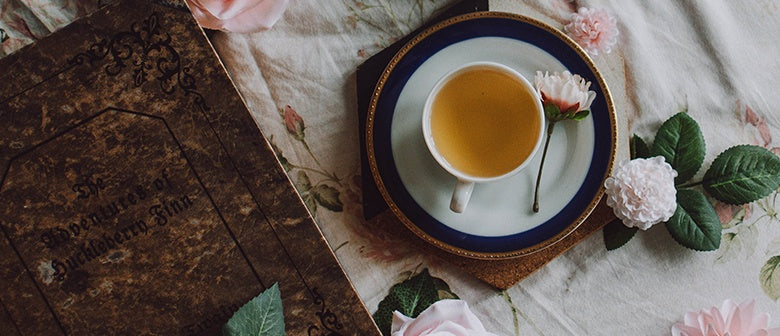You’d be forgiven for thinking that a rose simply added beauty to a garden. While that is definitely true, the uses of roses extend far beyond aesthetics. Roses and their petals can be used for culinary purposes, crafts and more. Below we outline the many uses of roses:
Beauty
Rosewater dates back to the Egyptian days, where it is believed that Cleopatra was an avid fan! Rosewater is simple to make at home, we recommend that you use roses from your own garden as you know exactly what has, or hasn’t, been used on them. It is well documented that rosewater can aid with skin hydration, revitalisation and moisturisation, plus its antioxidants are great for the skin and its antibacterial properties can be used for sore throats or if you sustain a cut whilst out in the garden!
Rosewater
The simmering method is the simplest for making rosewater. Gather 1/2 to 3/4cup of fresh rose petals and add to 1 1/2cups water. Simmer until the petals have paled or lost their colour. This will usually take no more than 10 minutes. Once cooled, remove the petals and store in a dark coloured jar or bottle – it will last up to two weeks in the refrigerator.
There is a second method called distillation, which is slightly lengthier and more complex, but it results in “true” rosewater, which will last up to six months in the fridge. In a large pot pop a brick, large rock or a large upturned (so the base is pointing upwards) heatproof bowl on the base of the pot – make sure whatever you use is clean. On top of that, place a heat-proof bowl. Add three cups of rose petals to the pot, and add enough water to come to the top of the brick/rock/upturned bowl. Place the lid, upside-down, over the pot (so the steam can drip down the centre of the lid and into the bowl). Some ice cubes placed on the lid will speed up this process. Bring the water to the boil, and allow to simmer for 30 minutes. Ensure you keep in as much steam as possible, as this is what you will be using as rose water. Allow to cool completely before decanting the water from the collection bowl into a sterilised glass bottle or jar. Store in the refrigerator for up to six months.
Culinary
Roses have their place in many dishes from sweet to savoury and even drinks! Rose petals can be added to your tea for a delicate flavour addition. Rosewater can be added to yoghurt or whipped cream to take your recipe to the next level. Add to lemonade or homemade cocktails for a delicious rose touch.
Rose Petal Jam
Did you know you can even make your own rose jam! Find our rose petal jam recipe here.
Rose Tea
Not only is the aroma of roses heavenly, the leaves, buds, petals and hips can all be used in tea making! Rose hips are the round portion of a rose just below the flower. These “fruits” contain the seeds and are 20 times richer in vitamin C than oranges, although their vitamin content decreases quickly through drying, brewing, storing and so on. Regardless, they provide a good boost to the immune system! Learn more here.
Craft
Roses can be used in craft and home decor too! If you have bouquet of flowers at home, you can dry these and enjoy long term. Check out our guide to drying flowers here.
Potpourri
Rose petals can be dried easily too. To make potpourri, gather rose petals and any other strongly scented florals that you’d like to include such as lavender. Line a baking tray with baking paper and preheat oven to 90 degrees. Lay flowers heads or petals on the baking sheet, to add scent to your potpourri, cut and add thin slices of citrus fruits, or tuck in springs of rosemary, lavender, or thyme to the mix. You can also add whole spices, such as cinnamon sticks or cloves, which are both pretty and wonderfully scented. Add 10 to 15 drops of your favourite essential oil to one tablespoon of water in a small spray bottle, and spritz the potpourri ingredients. Then pop the potpourri into your oven. Dry in the oven for at least two hours, or until the flowers are brittle but not burnt. When the potpourri is ready, remove from oven and give another spritz of essential oil.

